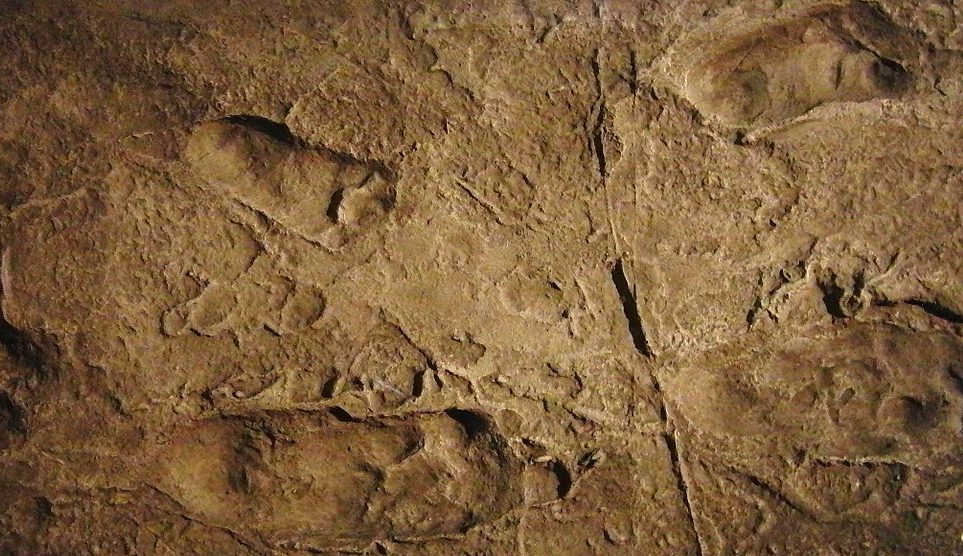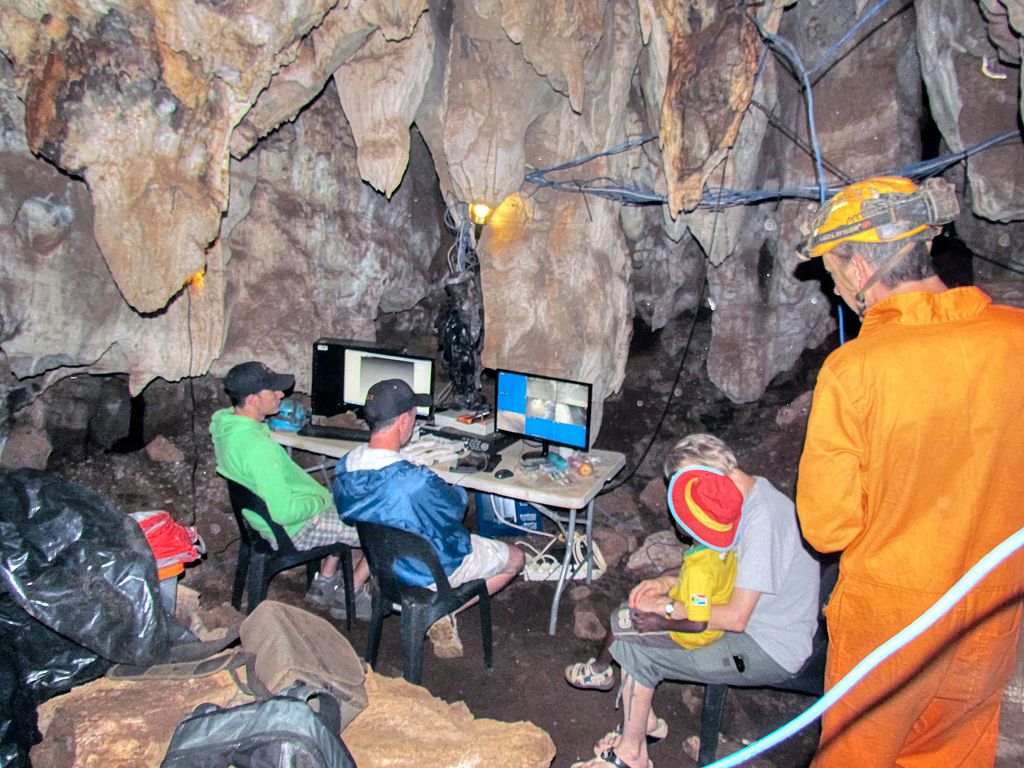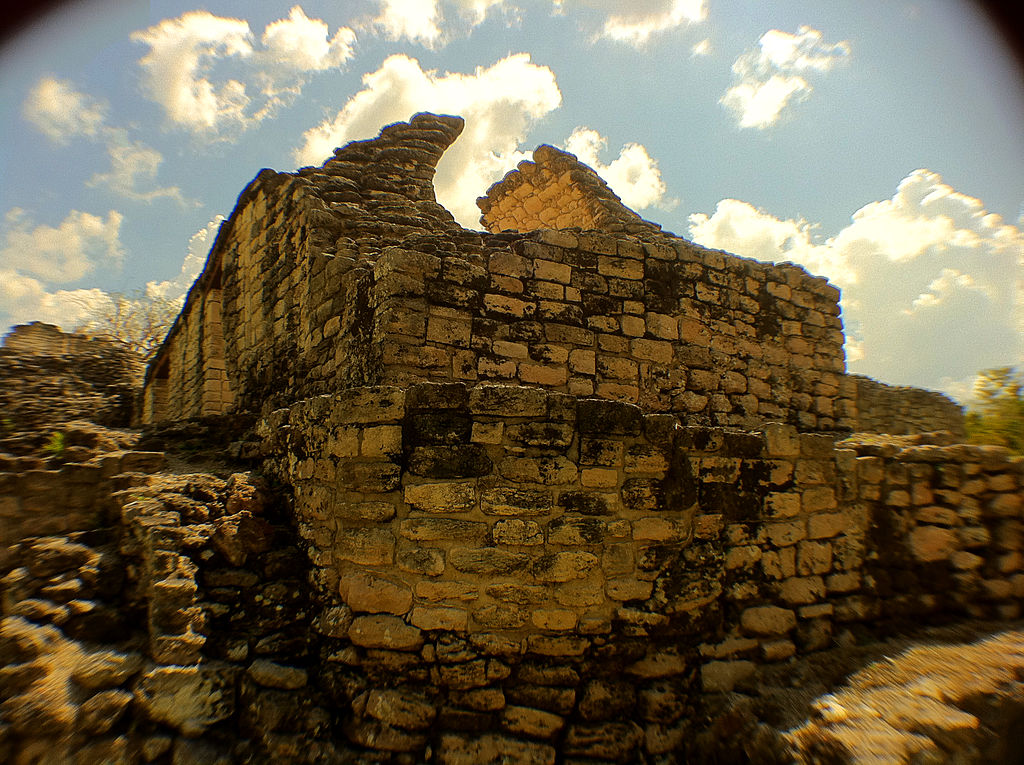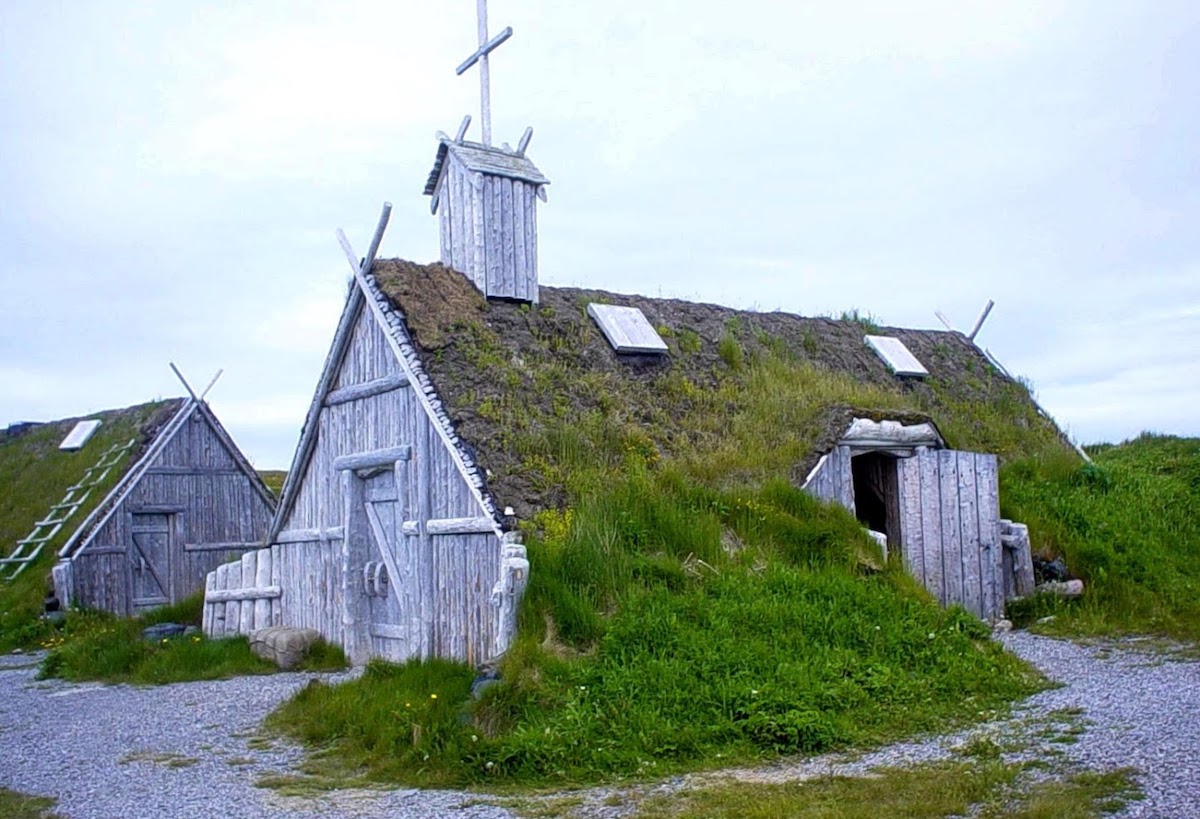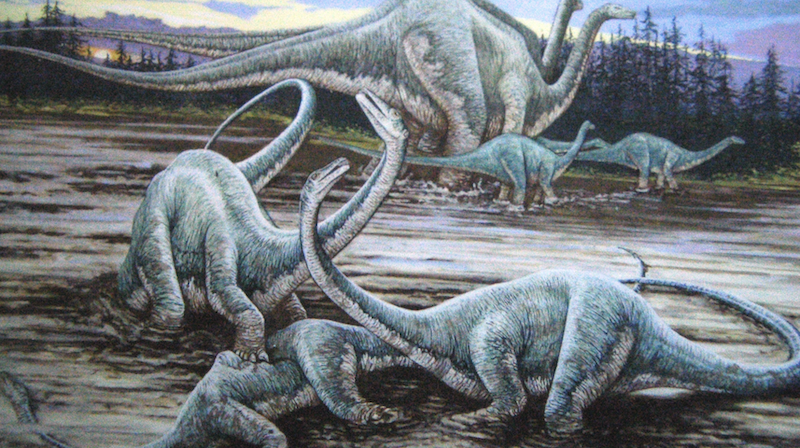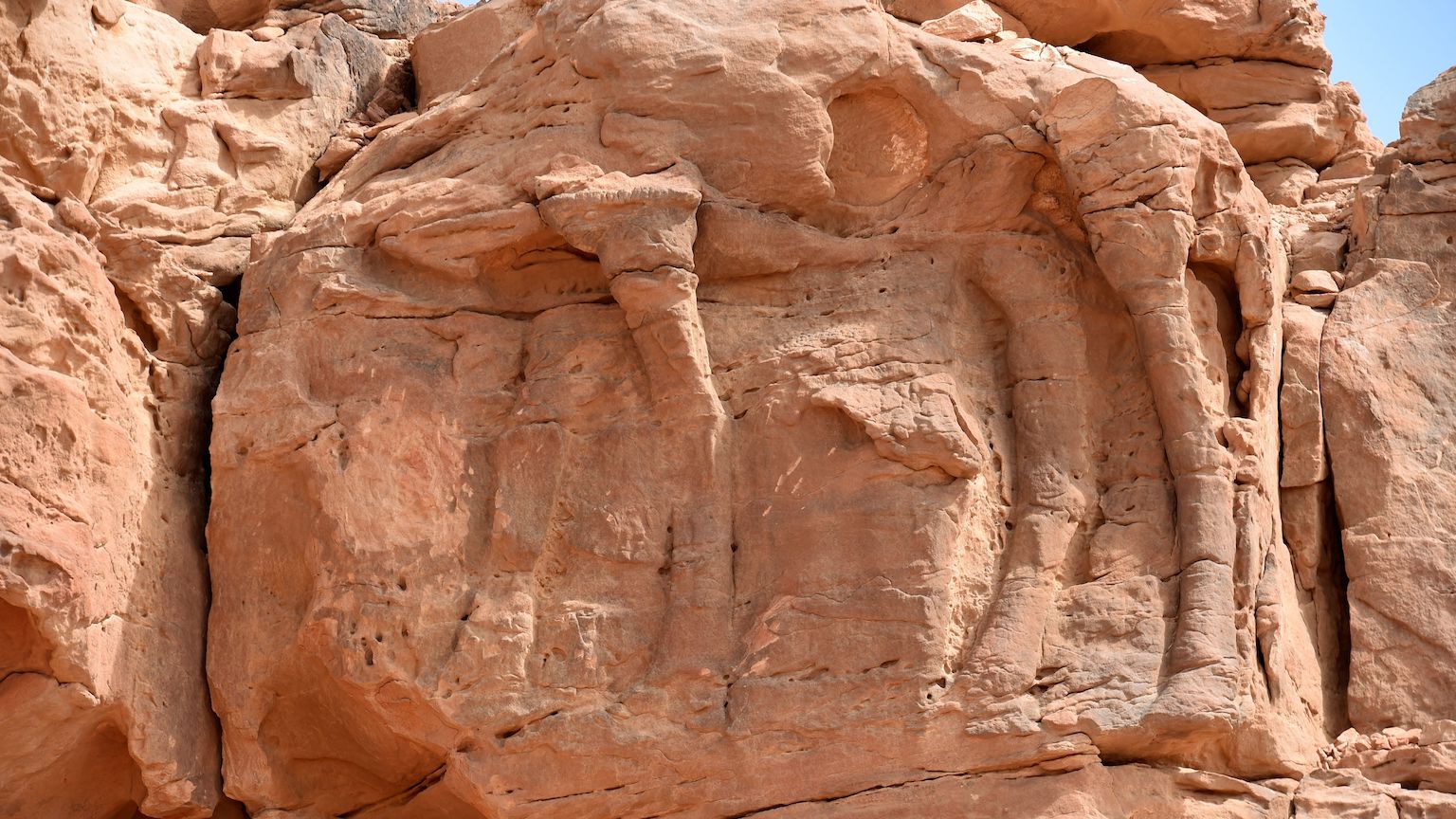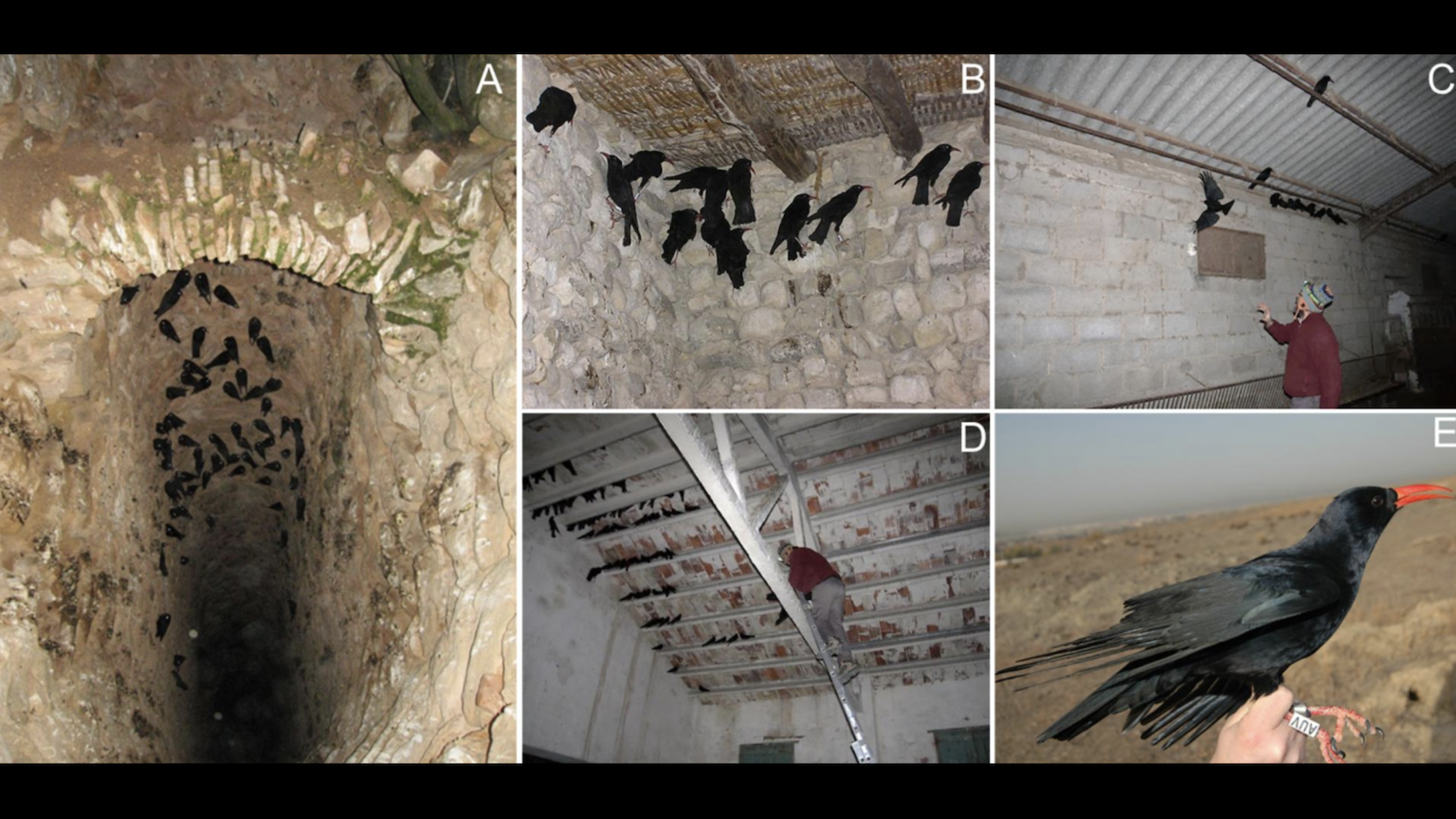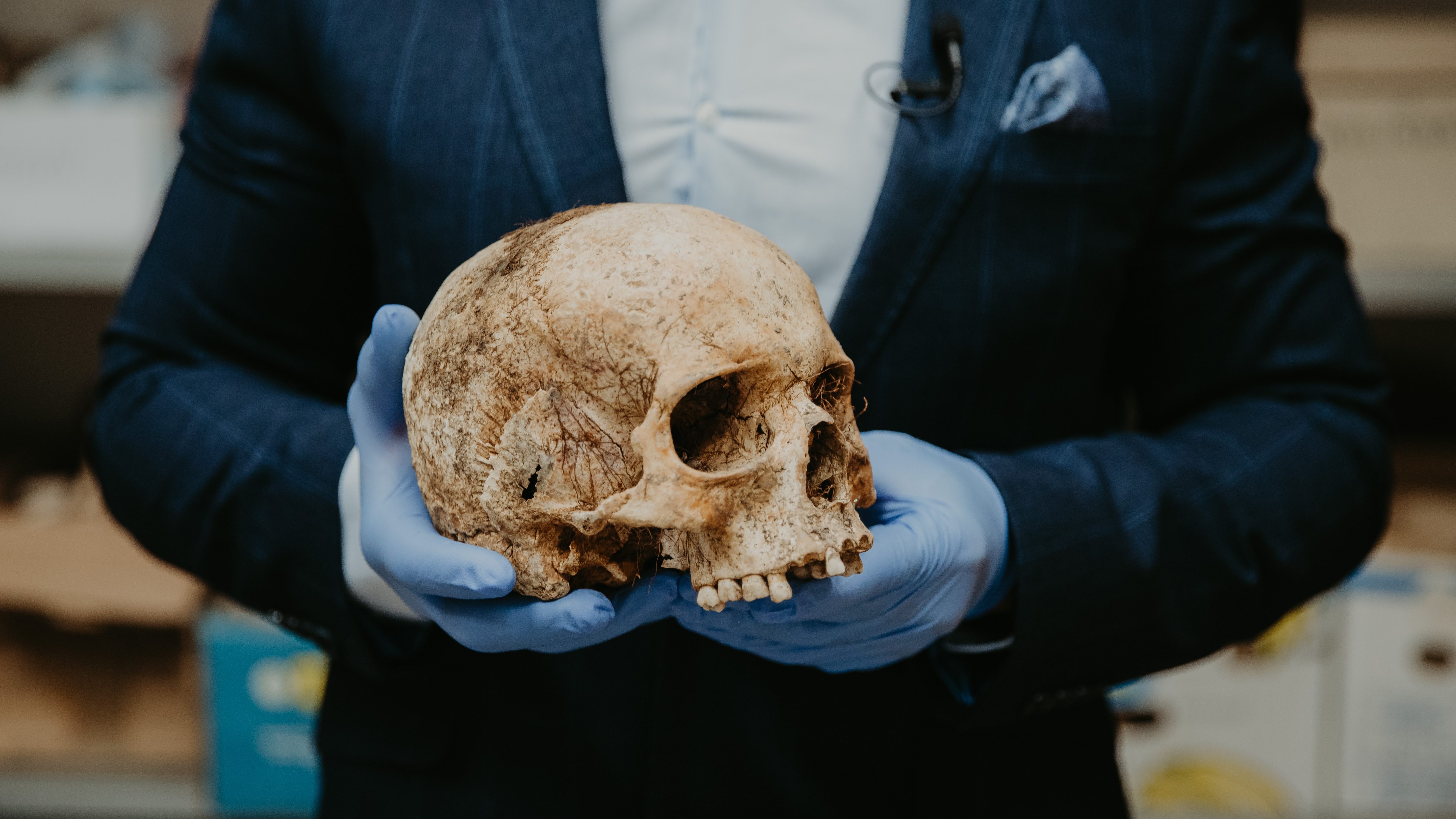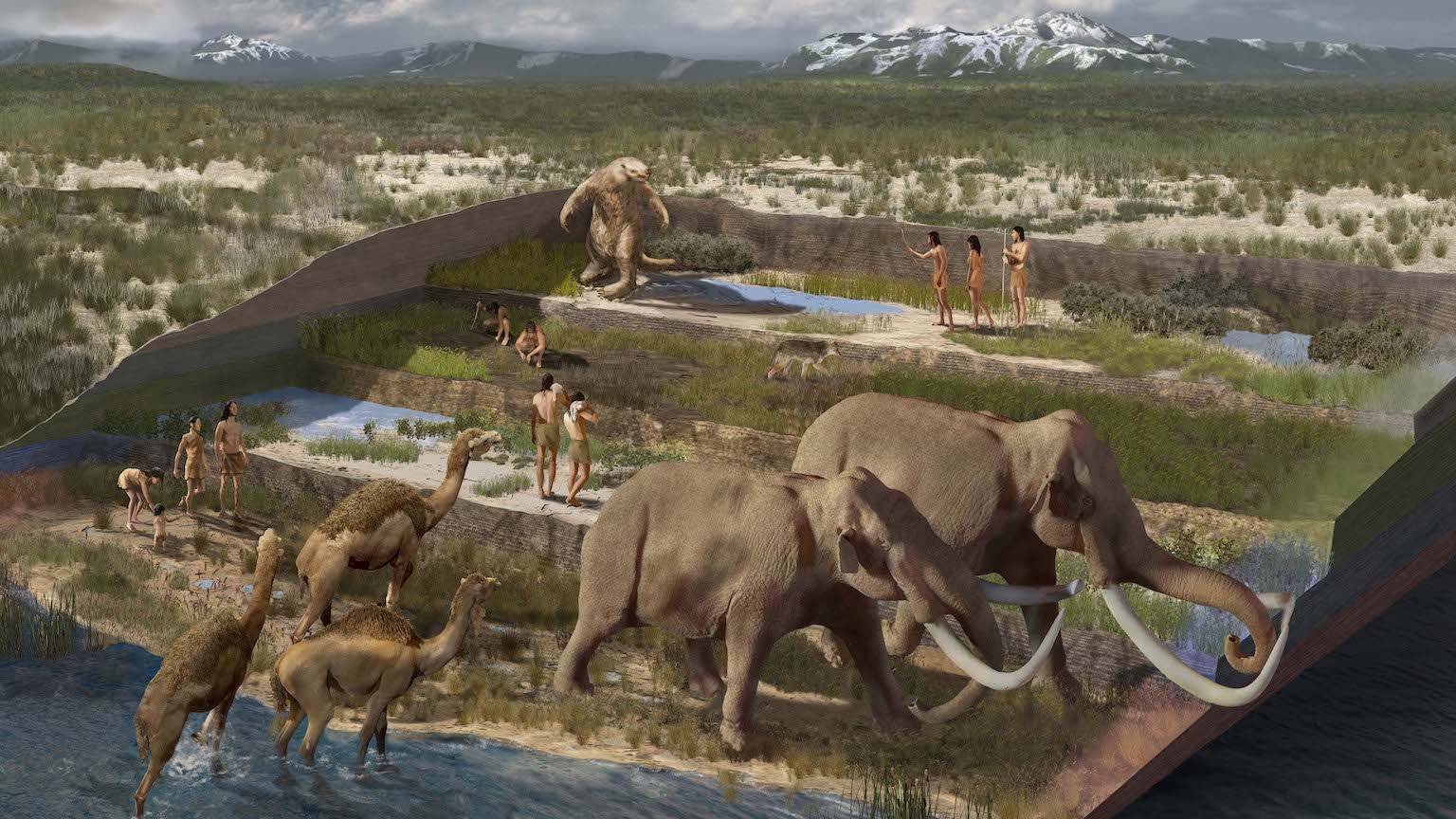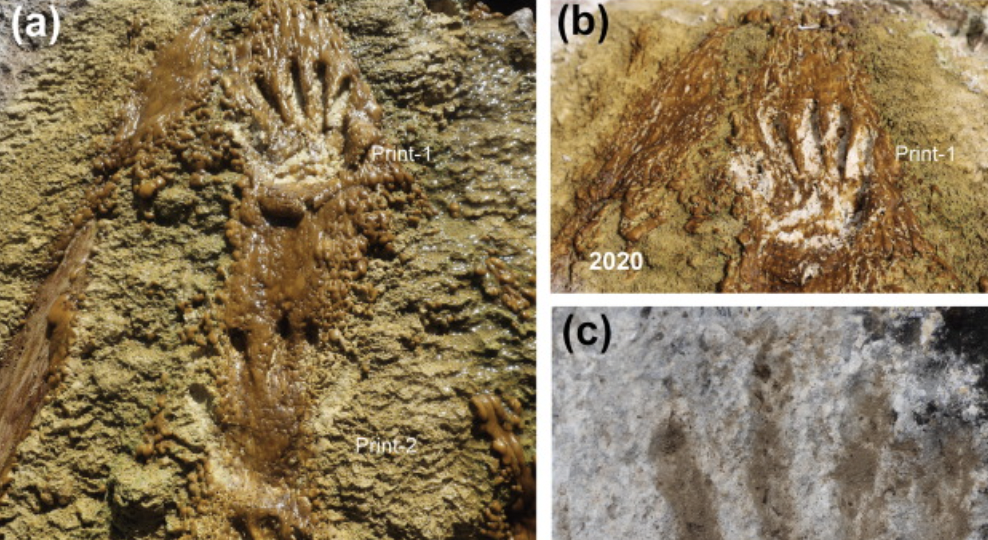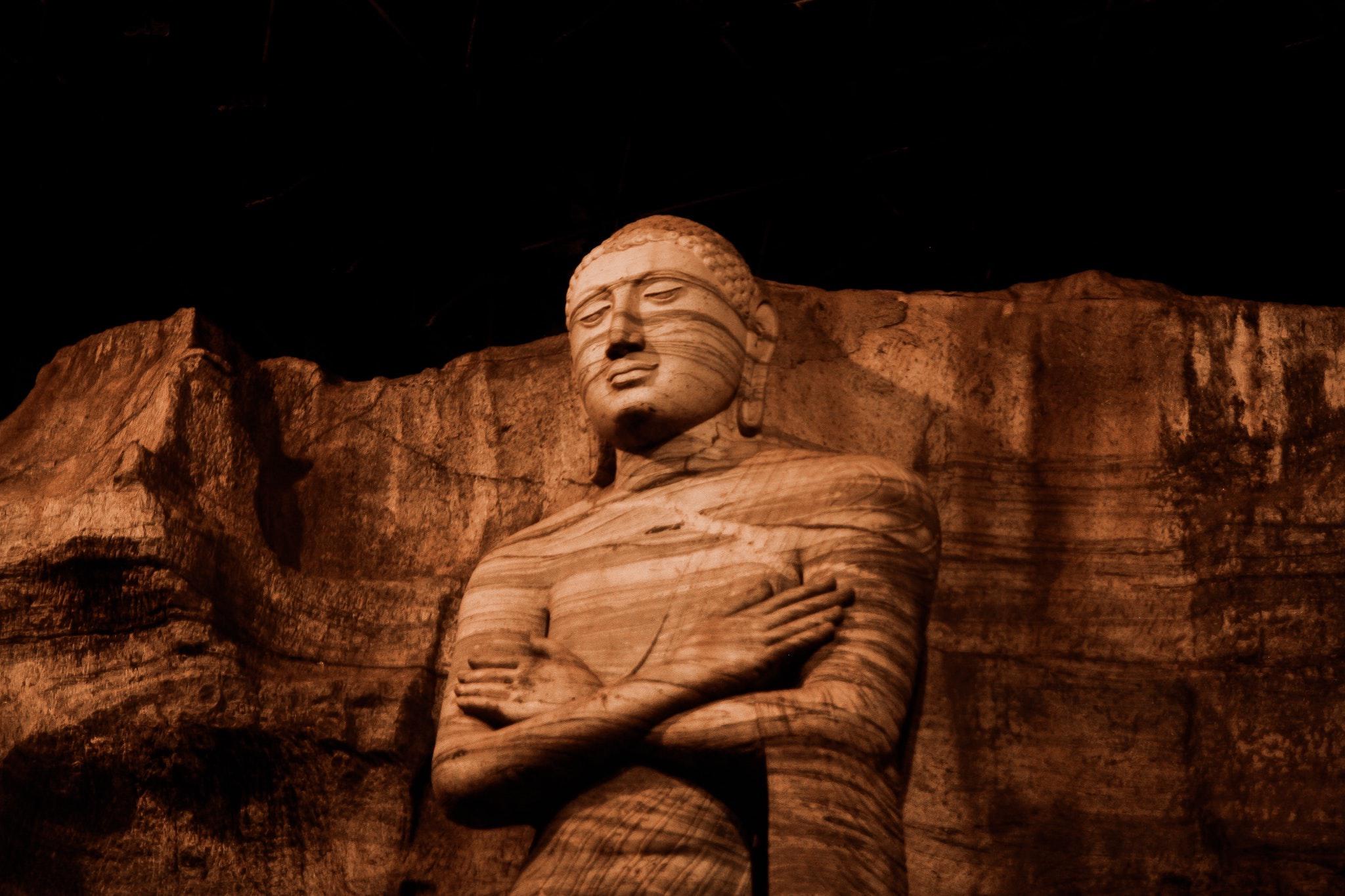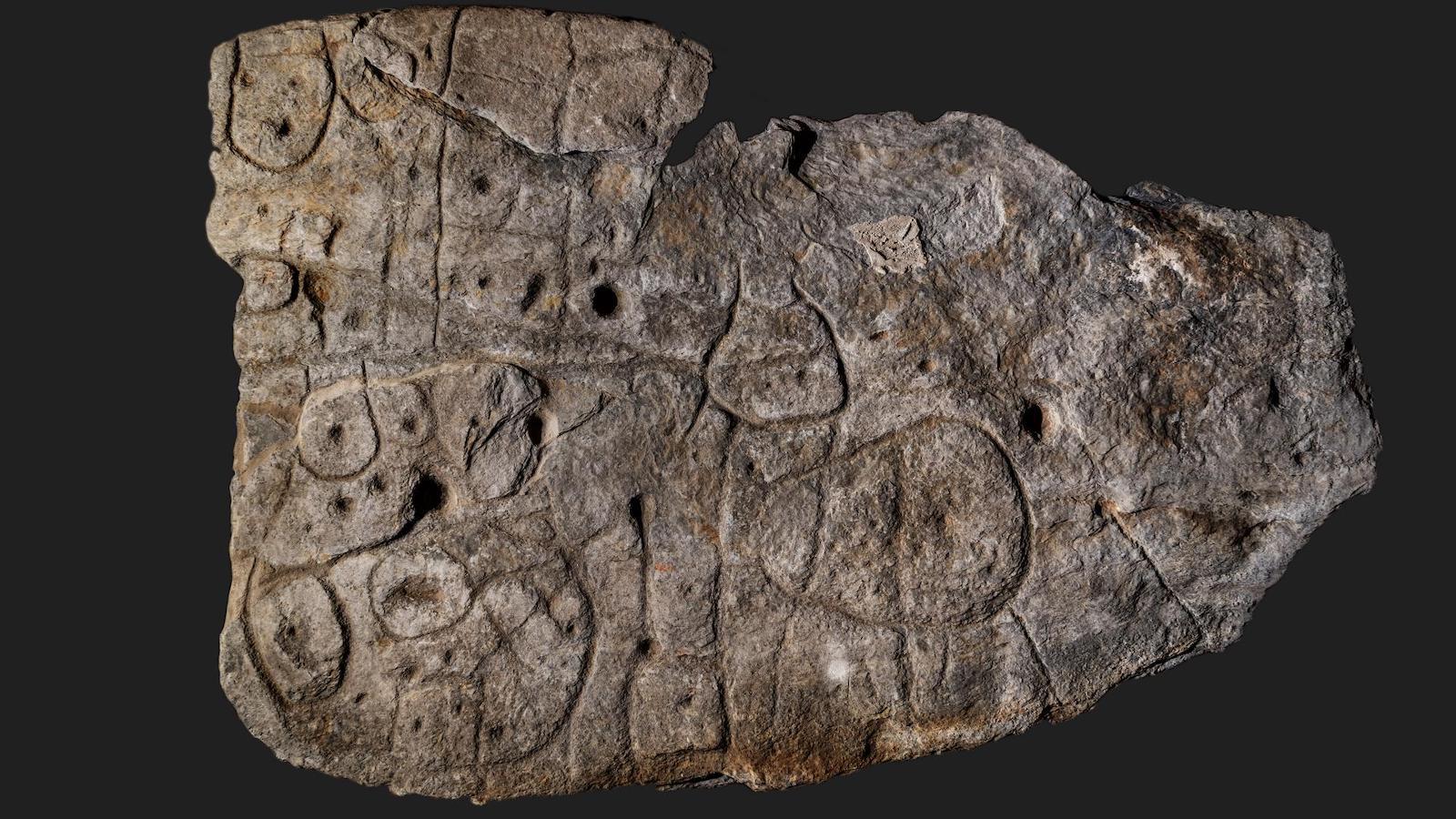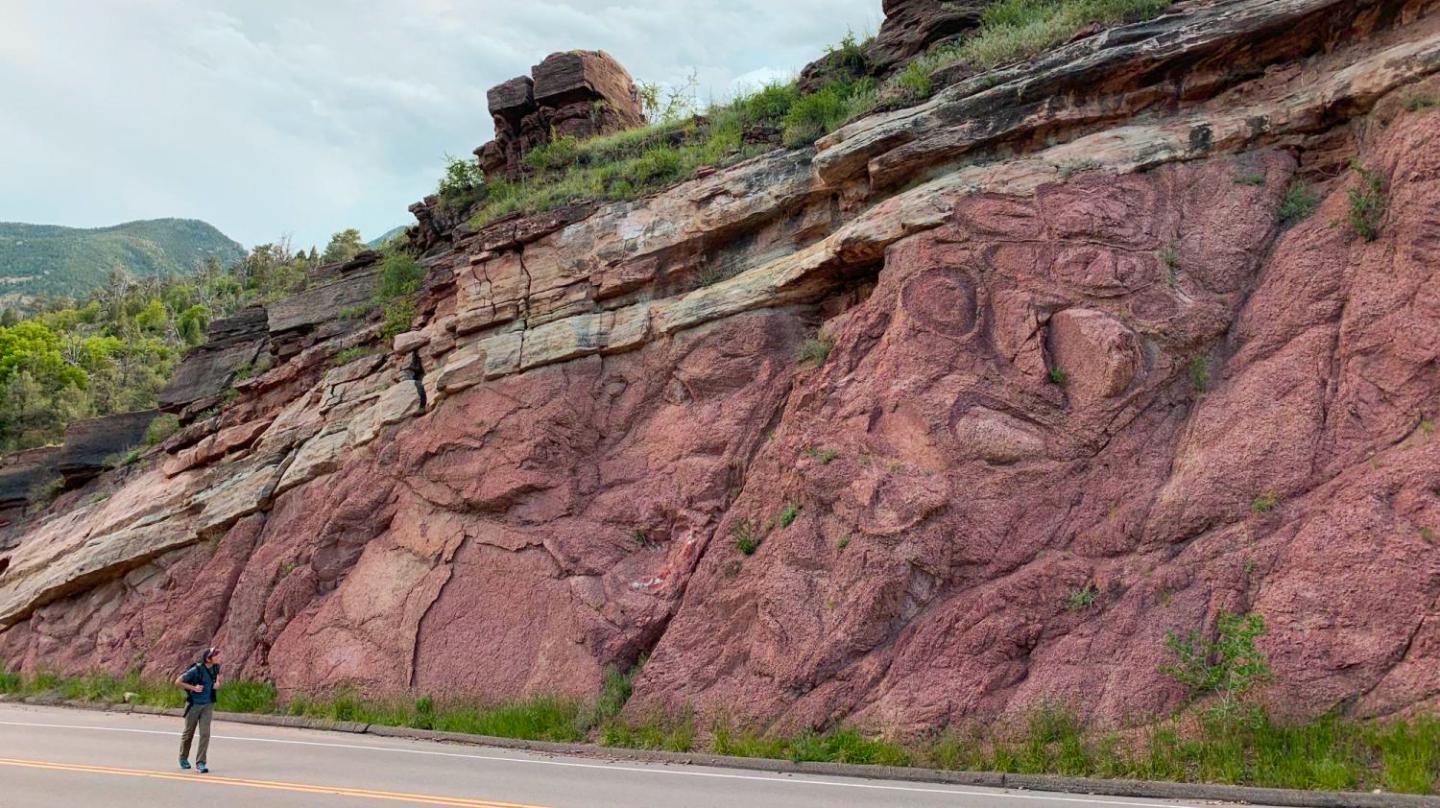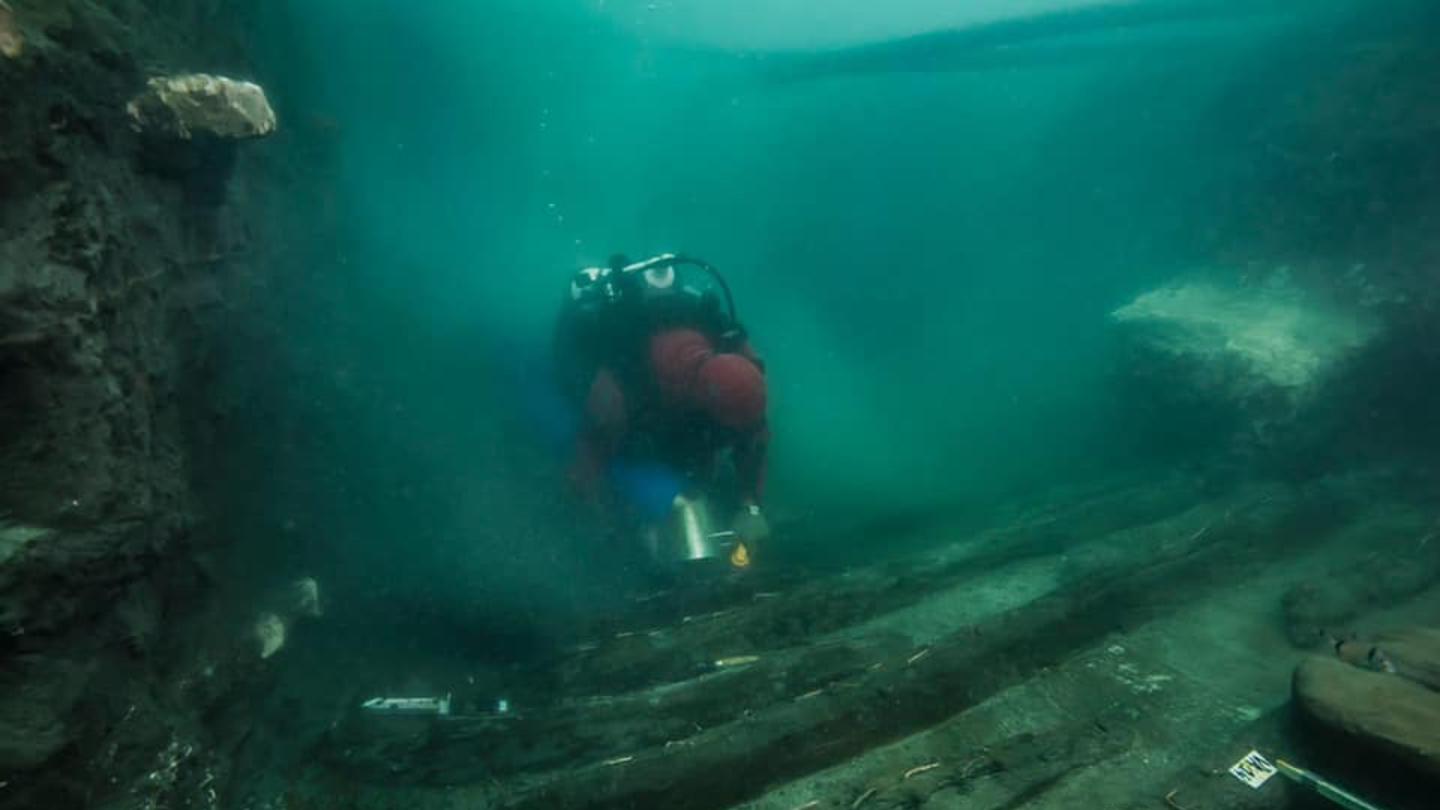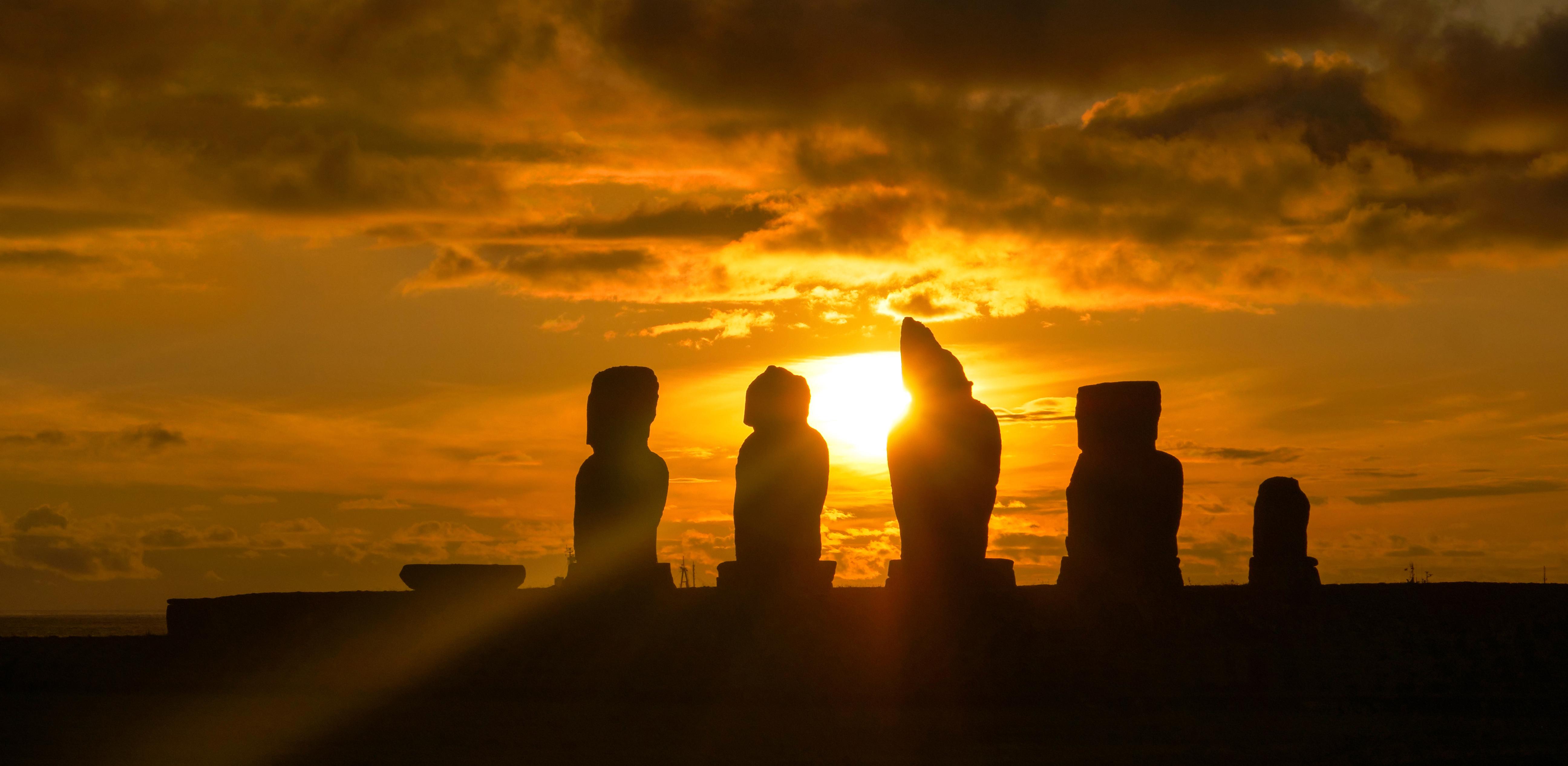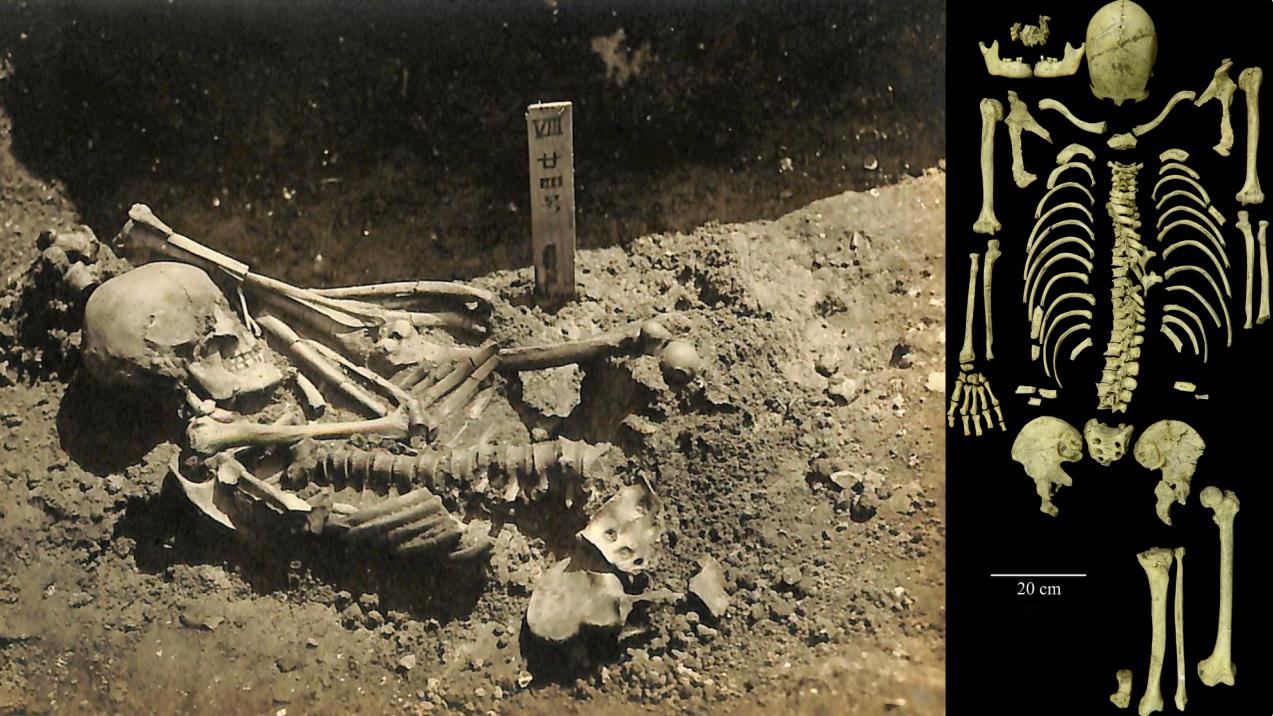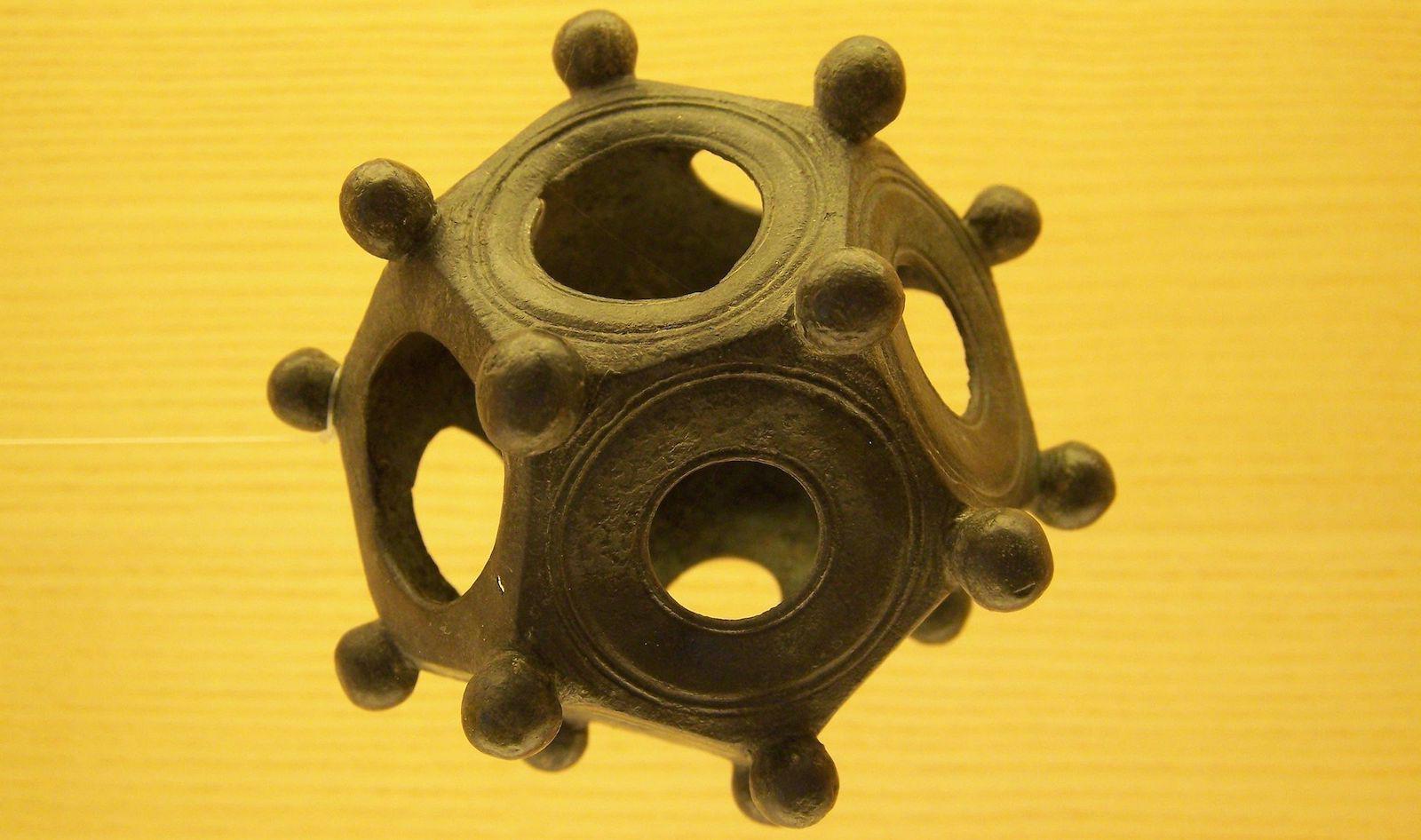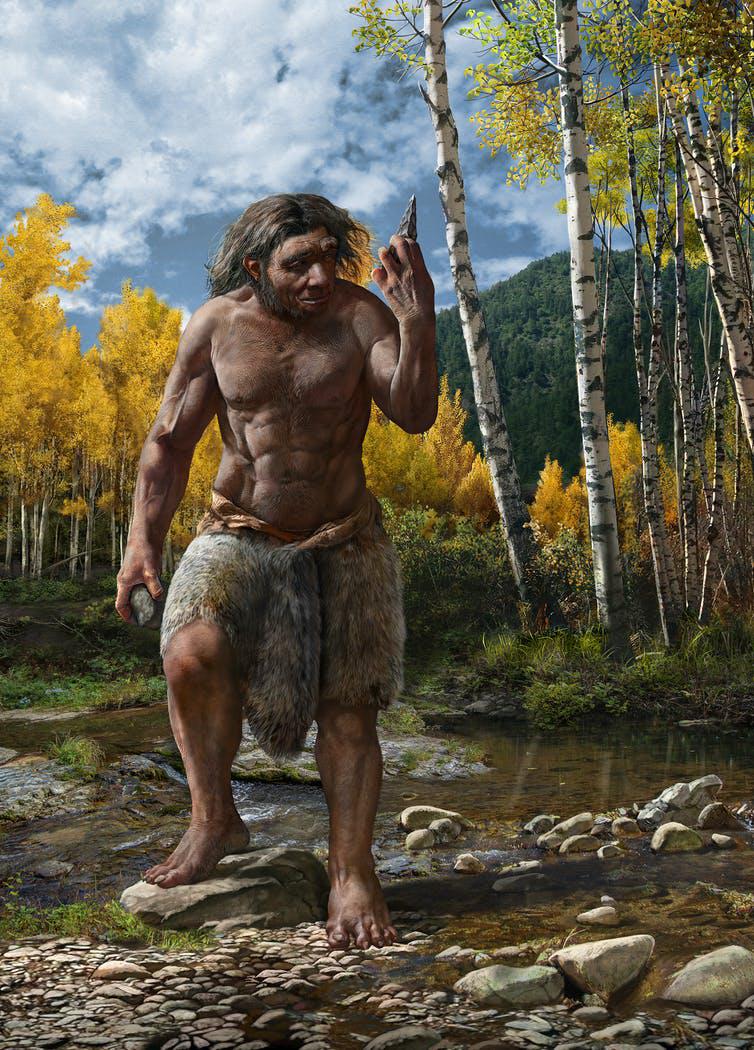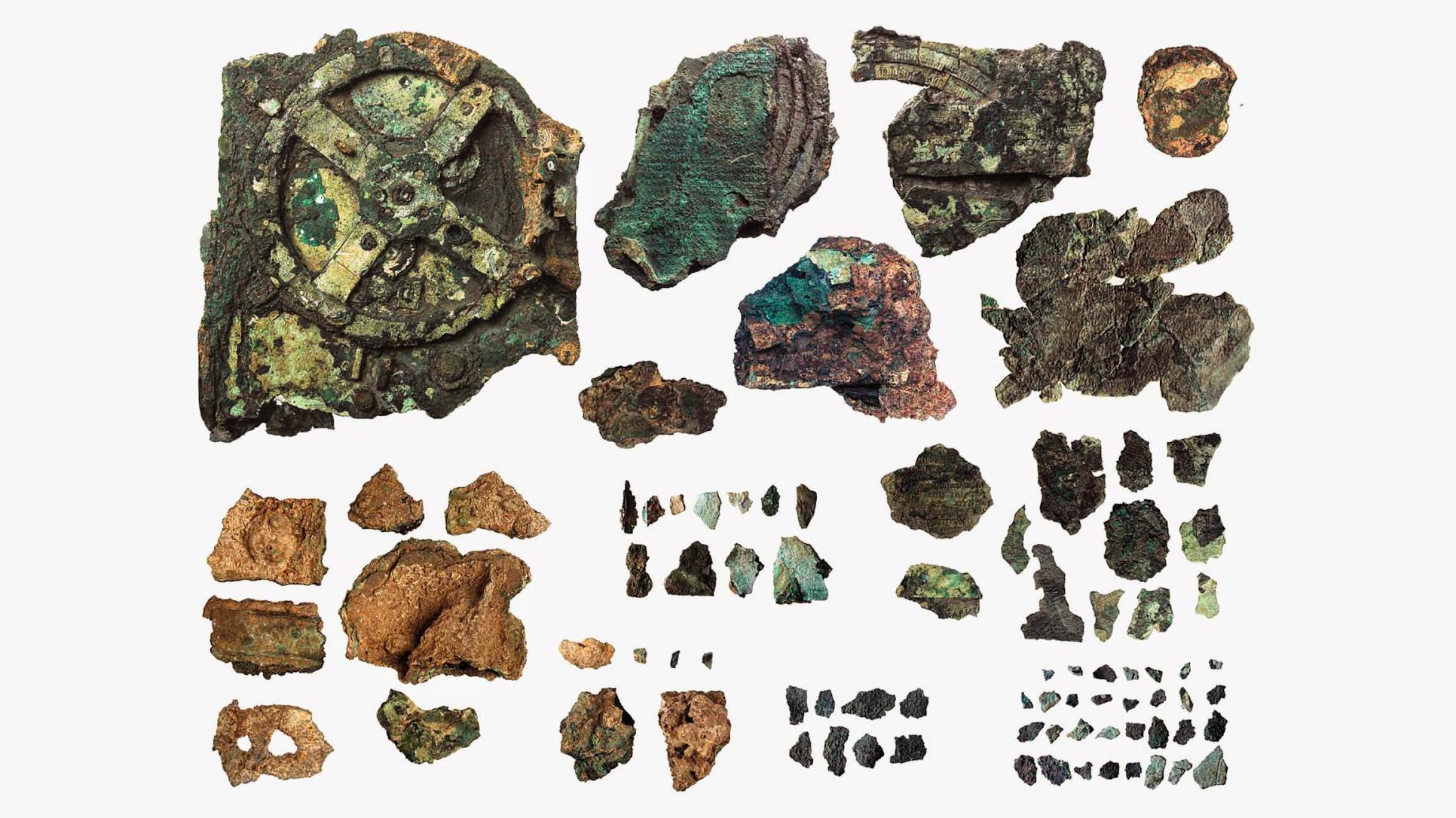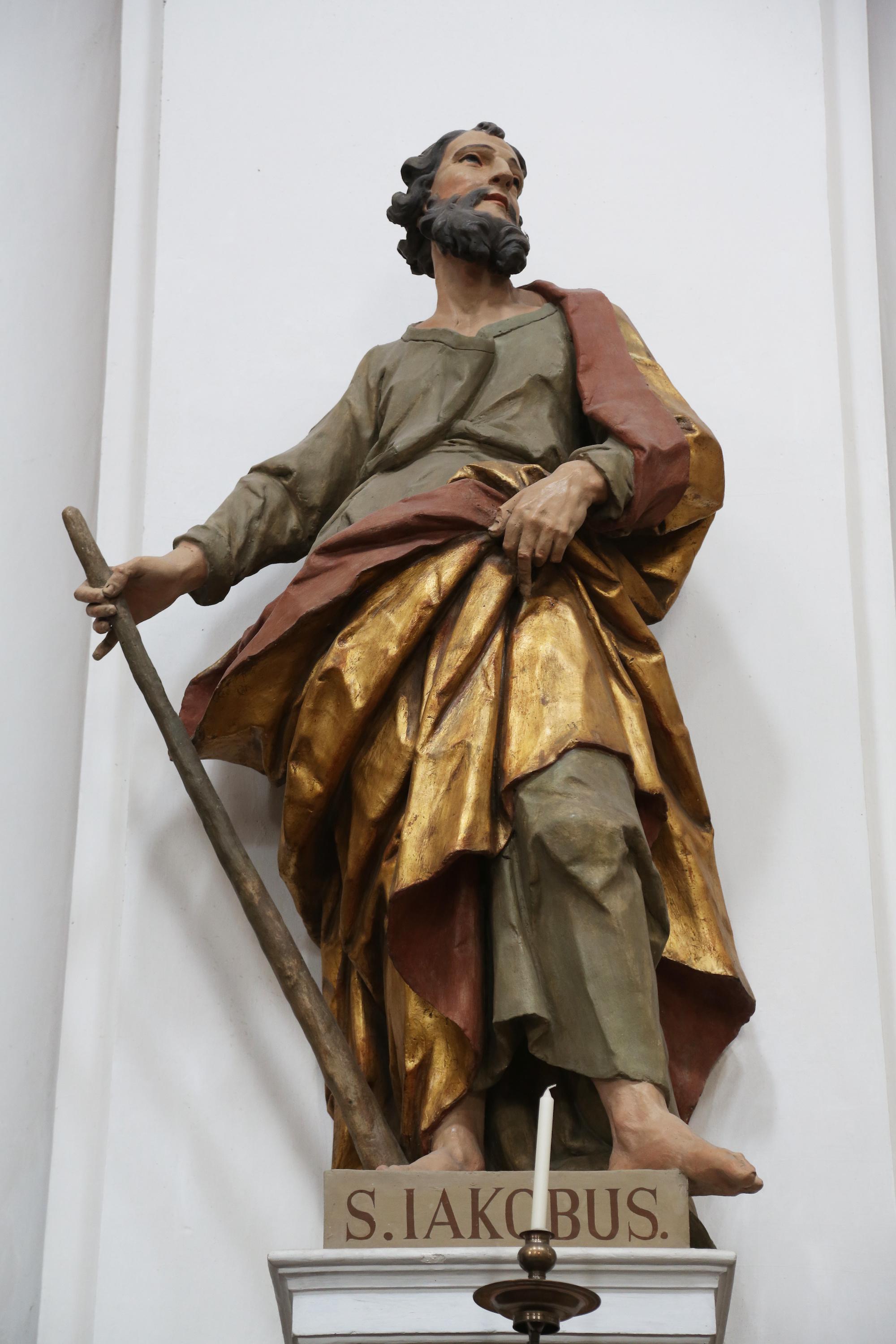archaeology
Bears, chimps, or humans? A track of five poorly preserved footsteps at Laetoli has puzzled paleontologists for decades. Now, a research paper from Nature claims to have solved the mystery.
Fittingly, the skull was found in the Rising Star cave of South Africa, itself located at a site known to UNESCO as the Cradle of Mankind.
Though these ancient settlers of China were culturally cosmopolitan, their DNA turns out to have been completely distinct from the communities with which they interacted.
Looking with lasers, researchers discovered that many Olmec and Mayan ruins seem to have been constructed from the same blueprint.
The findings at L’Anse aux Meadows mark the the earliest known year by which human migration had encircled the planet.
A recent discovery pushes back the date on when dinosaurs first engaged in social behavior.
The new book “Lost Cities, Ancient Tombs” documents 100 archaeological discoveries that changed the world.
The stone camel sculptures, seven in total and originally uncovered back in 2018, far predate more famous monuments.
Our ancestral cousins far more intelligent than we credit them for, and they did things most of us cannot.
An unexpected finding shows us how little we know about the early human story in our region.
Fossilized footprints found at an excavation site in southwest New Mexico prove humans colonized the continent much earlier than previously thought.
In the perilous mountains of Tibet, archaeologists unearthed ancient hand and footprints that seem to be the creative work of children.
From the Notre Dame to Buddhist statues, dozens of irreplaceable artifacts are destroyed every year by both man and nature.
Whenever the climate cooled, our hominin ancestors would set up shop in the Arabian Peninsula and vanish again when the planet warmed up.
Discovered in 1900, the Saint-Bélec slab languished unrecognized in a castle basement for over a century.
A puzzling — and huge — break in the geological record finally might be explained.
Long before Alexandria became the center of Egyptian trade, there was Thônis-Heracleion. But then it sank.
For decades, researchers have proposed that climate change and human-caused environmental destruction led to demographic collapse on Easter Island. That’s probably false, according to new research.
The skeleton of the world’s oldest known shark attack victim exhibits telltale wounds.
The first of many dodecahedrons was unearthed almost three centuries ago, and we still don’t know what they were for.
In 1933, the skull of a 50-year-old male of the Homo longi species was found in China, puzzling researchers.
The Younger Dryas impact hypothesis argues that a comet strike caused major changes to climate and human cultures on Earth about 13,000 years ago.
How do archaeologists know if someone was buried intentionally tens of thousands of years ago?
The mummy was first thought to be a male priest. But a recent radiological analysis revealed a surprising anomaly.
Scientists discover what our human ancestors were making inside the Wonderwerk Cave in South Africa 1.8 million years ago.
A Harvard professor’s study discovers the worst year to be alive.
A new model of the Antikythera mechanism reveals a “creation of genius.”
After years of speculation a team of researchers has pinpointed the age of this ancient mystery.
The chariot survived ancient eruptions and modern-day looters to become a part of the world heritage site.
Research shows that bone fragments of Jesus’s (possible) brother belong to someone else.
